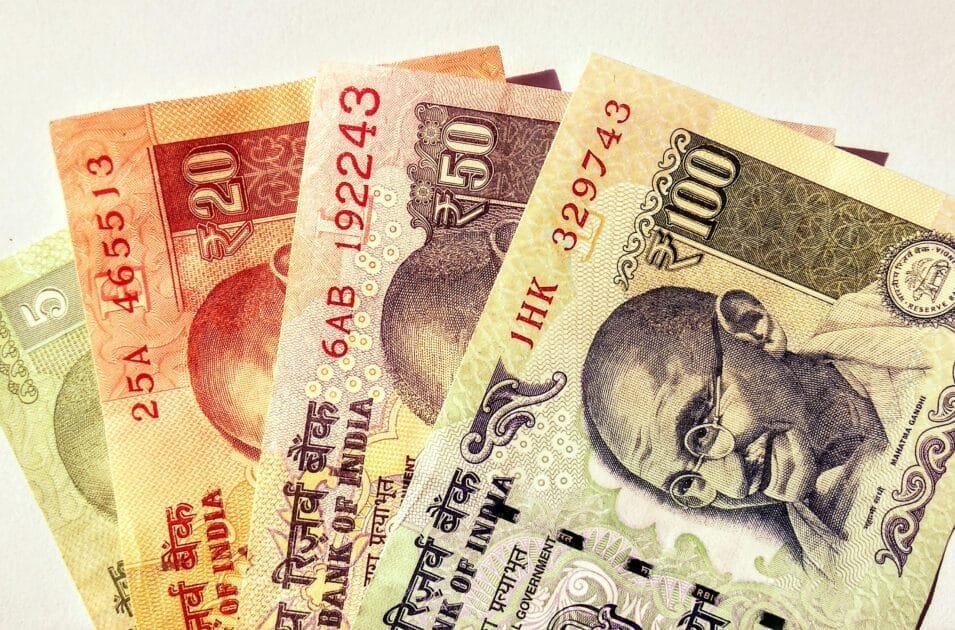India is undergoing a transformative shift in its health insurance claims portal oversight strategy. With rising healthcare inflation and fraudulent billing practices putting pressure on policyholders and insurers alike, the government has decided to transfer oversight responsibilities from the Health Ministry to the Finance Ministry and the Insurance Regulatory and Development Authority of India (IRDAI).
This structural change is being viewed as a long-overdue realignment to bring financial discipline, digital transparency, and regulatory accountability into one of the most misused areas of the healthcare system—claims processing.
What Is Health Insurance Claims Portal Oversight?
The term health insurance claims portal oversight refers to how government bodies supervise and manage the claims process on India’s National Health Claims Exchange (NHCX). This digital platform connects hospitals, insurance providers, third-party administrators (TPAs), and patients. Its job is to streamline insurance claim approvals, pre-authorizations, and reimbursements.

Why This Shift Was Necessary
1. Widespread Overbilling
It was observed that insured patients were often billed the maximum limit of their policy—regardless of actual treatment costs. This artificially inflated claims and led to widespread misuse of insurance coverage, directly impacting the efficiency of health insurance claims portal oversight.
2. Healthcare Inflation
India’s medical inflation is forecasted to hit 13% by 2025, well above the global average of 10%. Premiums are rising annually, causing many middle-class and lower-income families to drop their policies.
3. Duplicate and Ghost Claims
There were numerous reports of fake hospital admissions, multiple claims for the same procedure, and false documents being submitted. The old system lacked the enforcement tools to address these in real time.
4. Fragmented Oversight
The Health Ministry focused more on care delivery than financial checks. This created a loophole in monitoring hospital billing practices, especially in private healthcare.
IRDAI’s Role in the New Oversight System
The Finance Ministry and IRDAI will now jointly oversee NHCX, bringing in financial regulations, tech upgrades, and fraud controls. This change redefines how health insurance claims portal oversight is implemented in India.
- Standard Treatment Costs: Each procedure will have a cost benchmark to stop overbilling.
- AI-Driven Claim Monitoring: Algorithms will flag outlier claims in real time.
- One-Hour Pre-Authorization: IRDAI will enforce faster insurance approvals.
- Audit Trails: All transactions will be traceable for at least five years.
- Grievance Redressal: Policyholders can escalate denied claims directly to IRDAI.
Benefits for Policyholders and the Public
| Area | Before | After |
|---|---|---|
| Claim Speed | Slow, error-prone | Real-time AI verification |
| Premium Cost | Rising yearly | Potential stabilization |
| Transparency | Unclear bills | Clear itemized breakdowns |
| Fraud Control | Weak tracking | Strong tech-backed enforcement |
| Consumer Rights | Limited access | Direct grievance redressal with IRDAI |

Real-World Example: Impact on Families
Consider the case of a teacher in Bhopal who was hospitalized for a gallbladder surgery. Her insurer had a ₹3 lakh coverage, but the hospital billed ₹2.95 lakh, although the market cost of surgery was ₹1.4 lakh. Under the new oversight, the hospital must provide a cost justification aligned with standard rates, and AI-based alerts would flag this transaction for review.
Implementation Strategy and Timeline
According to senior officials, this transition will be phased in three steps:
- Technical Integration: Transfer of NHCX platform data and infrastructure to the Finance Ministry’s governance system.
- Regulatory Reforms: Creation of a formal oversight policy, including a National Claims Audit Framework.
- Public Awareness: IRDAI will launch a public dashboard where patients can track hospital billing history and claim settlement records.
Estimated timeline: 12–15 months for complete rollout.
Challenges and Safeguards
- Hospital Pushback: Private hospitals may resist standard pricing models.
- Insurer Alignment: IRDAI must ensure all private insurers follow the same reporting formats and standards.
- Data Security: The increased digitization must comply with India’s Digital Personal Data Protection Act, 2023.
Expert Commentary
“For years, the Indian healthcare system lacked a neutral referee between hospitals and insurers. This reform puts IRDAI in a critical position to ensure fairness and affordability.” — Dr. Sandeep Shah, Healthcare Policy Analyst
“Medical inflation affects every citizen. This is one of the most citizen-friendly reforms in years. The public must support its implementation.” — Anjali Menon, Insurance Consultant



